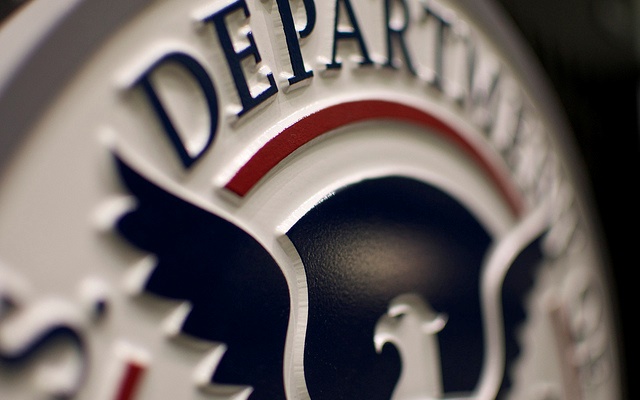 There is little to cheer in the new deportation statistics released by U.S. Immigration and Customs Enforcement (ICE). While the numbers document a 10 percent decline in the total number of deportations compared to last year, they also reveal the extent to which immigration enforcement resources are still devoted to apprehending, detaining, and deporting individuals who represent no conceivable threat to public safety or national security. In fact, the overwhelming majority of people deported by ICE either have no prior criminal record or were convicted of misdemeanors. While ICE does indeed capture and remove potentially dangerous individuals, most of its resources remain devoted to the enforcement of a broken and unworkable immigration system. The latest decline in removals notwithstanding, the U.S. deportation machine remains severely out of balance and lacking in either flexibility or meaningful opportunities for due process.
There is little to cheer in the new deportation statistics released by U.S. Immigration and Customs Enforcement (ICE). While the numbers document a 10 percent decline in the total number of deportations compared to last year, they also reveal the extent to which immigration enforcement resources are still devoted to apprehending, detaining, and deporting individuals who represent no conceivable threat to public safety or national security. In fact, the overwhelming majority of people deported by ICE either have no prior criminal record or were convicted of misdemeanors. While ICE does indeed capture and remove potentially dangerous individuals, most of its resources remain devoted to the enforcement of a broken and unworkable immigration system. The latest decline in removals notwithstanding, the U.S. deportation machine remains severely out of balance and lacking in either flexibility or meaningful opportunities for due process.
The latest statistics from ICE indicate that there were 368,644 “removals” in Fiscal Year (FY) 2013. This includes 133,551 people who were apprehended in the interior of the country, and 235,093 who were apprehended at or near the border. While the total is down considerably from prior years, such as the 409,849 removals which took place in FY 2012, it remains high considering that most of the people removed were not a threat to anyone. To begin with, ICE notes that 59 percent of all removals, “a total of 216,810, had been previously convicted of a crime.” That statistic leaves one to wonder about the other 41 percent—the 151,834 individuals without a prior criminal record who were also removed.
Just as importantly, many of the “criminals” were far from being dangerous individuals. For instance, 30,977 of the “criminals” removed from the interior of the country were guilty of “Level 3” offenses—misdemeanors punishable by less than one year in prison—which include criminal convictions for immigration offenses. Likewise, 128,398 of the “recent border crossers” removed by ICE had no previous criminal conviction. And out of the 106,695 who did have a criminal conviction, 60 percent (or 64,476) had been convicted of a Level 3 offense.
ICE skirts the issue of who is defined as a “criminal” and who is not by noting that “98 percent of all ICE FY 2013 removals, a total of 360,313, met one or more of ICE’s stated civil immigration enforcement priorities.” But the fact remains that those priorities call for devoting significant resources to the detention and removal from the country not only of “aliens who pose a danger to national security or a risk to public safety,” but also “recent illegal entrants” and “aliens who are fugitives or otherwise obstruct immigration controls.” While dangerous individuals are the highest priority, immigrants who are not a danger to anyone remain second and third on the priority list.
As immigrant rights advocates have pointed out, many of the immigrants being deported under the Obama administration would likely qualify for legal status were comprehensive immigration reform ever to make it through Congress. There is little logic in trying to deport the very same people you want to help, and there is no need to do so. As the administration has pointed out repeatedly, it can exercise “prosecutorial discretion” in deciding whom to target with its limited immigration enforcement resources. And yet the 2013 statistics do not reflect thoughtful decisions about the agency’s use of those resources. To make matters worse, in FY2013, 101,000 of the people whom ICE deported were summarily removed from the country via an “expedited removal” process that does not afford even the most rudimentary due-process protections or opportunities to review the facts of a case. Perhaps the time has come to exercise a bit more discretion when it comes to choices about whom to round up and kick out of the country.
Post Corrected January 3, 2014.
FILED UNDER: Border, enforcement, featured, Immigration and Customs Enforcement, undocumented immigration, Visas


